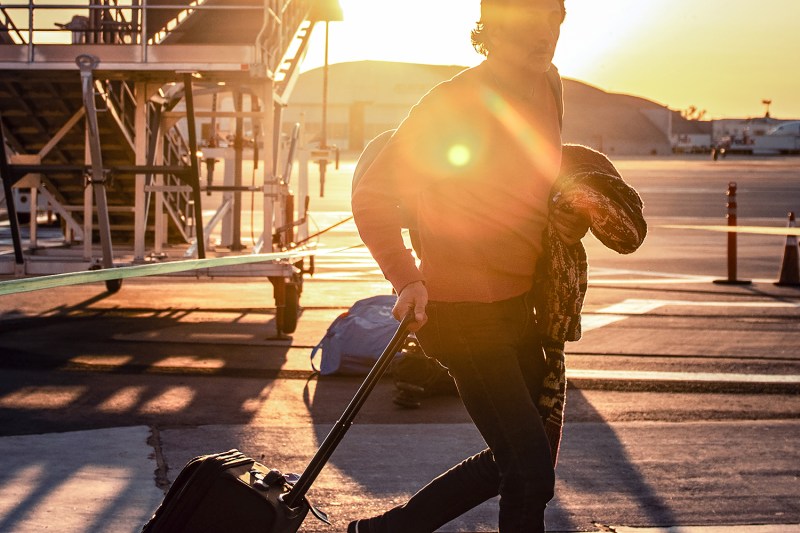
From Netflix and smartphone apps to food delivery services, everyone is vying for your subscription dollars these days. Most aren’t worth the expense, in our opinion. There are a few, however, that make legitimate sense — and cents — for travelers. If you’re planning to travel in the upcoming year, here are the best travel memberships and subscription services that are worth the money in 2024.

TSA PreCheck
Let’s start with the most obvious travel membership: TSA PreCheck. Even for U.S.-based travelers who only fly a handful of times per year, the recurring cost is worth the time and money. A five-year membership costs $78 (less than $16 annually). It’s guaranteed to save you hours at the airport because PreCheck passengers needn’t remove their shoes, belts, or light jackets, and can leave laptops and liquids in their carry-on luggage.
Add to that the privilege of passing through a separate, often much shorter, security line, and it can pay for itself on your very first trip. The TSA reports that, in 2020, 100% of PreCheck passengers waited less than five minutes in line. New applicants can start the process online, and some credit cards and loyalty programs even include the fee as a perk for cardholders.
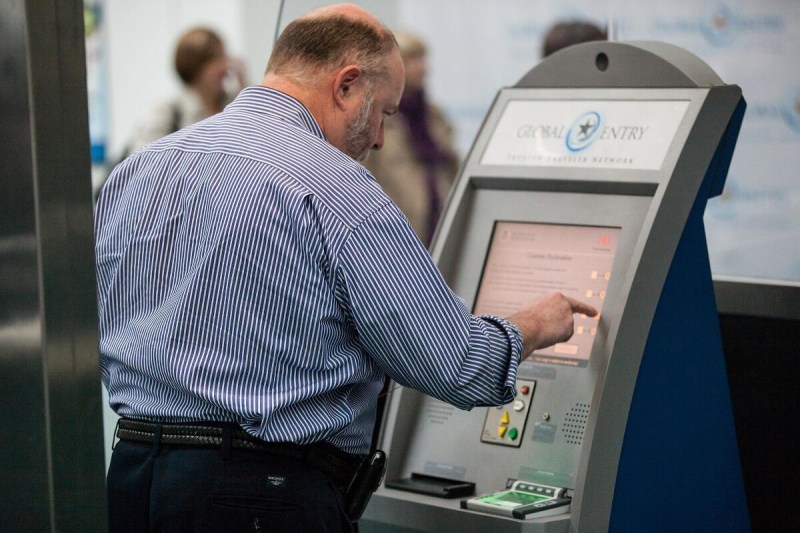
Global Entry
If your travel takes you out of the country — frequently or not — Global Entry is even better than a TSA PreCheck travel membership. This flagship federal program includes the same benefits of PreCheck, plus expedited screening at international borders and customs checkpoints. A five-year subscription is $100 — just $15 more than TSA PreCheck.
The approval process is a bit more time-consuming, as it requires a passport and an in-person interview. But that time will likely pay for itself on your first trip or two abroad. Plus, like PreCheck, some popular travel credit card programs pay the annual program fee for their cardholders.
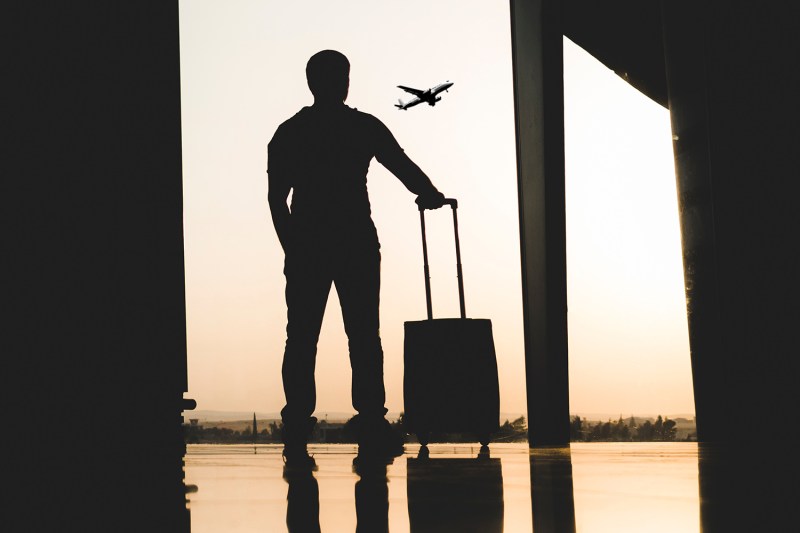
ExpertFlyer
Booking air travel is complicated these days. Travelers who want the utmost comfort and convenience are expected to wade through mountains of airfares, seat charts, connecting flight schedules, airline policy disclosures, and more. ExpertFlyer is a monthly travel membership that takes the guesswork out of all of it.
The site keeps tabs on basic things like flight availability, flight status, and other details. But, most importantly, it can also provide useful alerts for things that make your trips more comfortable. That includes letting you know when your preferred seats become available, what frequent flyer awards and upgrades are available, and aircraft change alerts (so you can avoid unexpected seat reassignments). The free version is enough for most infrequent travelers, while the Pro version opens up every feature for one low monthly price.

CLEAR
CLEAR works similarly to TSA PreCheck. But, while the latter focuses on expediting the entire screening process (from document checking to baggage screening), CLEAR is designed to speed up the first part. TSA PreCheck is great, but it still requires most passengers to wait in a line — albeit usually a shorter one — to verify their personal ID.
With CLEAR, members use a dedicated line (often with no other passengers) to scan their fingerprint or iris at a kiosk and are then personally escorted immediately to baggage screening. The service is available in almost 50 U.S. cities, and more are added regularly. It’s pricey at around $189 annually, but for frequent air travelers, every second counts. Plus, it also works at stadiums and other event venues around the country.
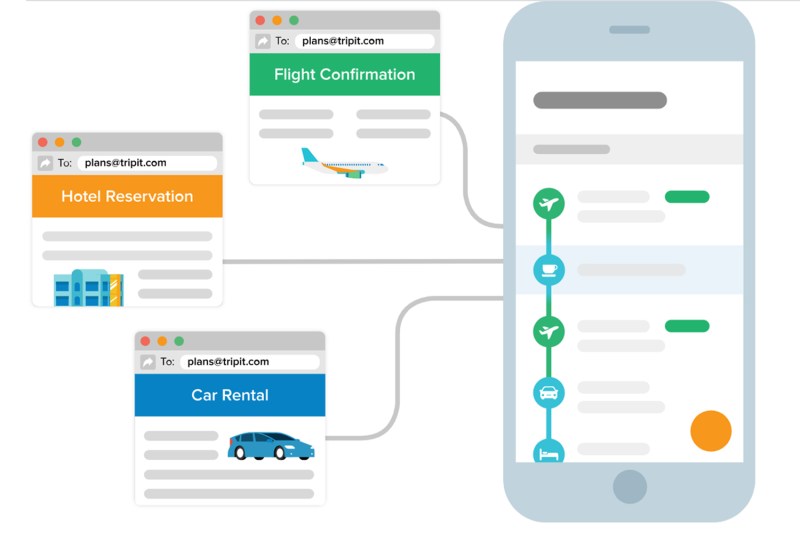
TripIt Pro
Digital boarding passes, itineraries, and hotel reservations have mostly made travel easier (not to mention better for the environment). However, trying to keep all those emails, confirmation numbers, and departure times straight while en route can be a hassle. TripIt streamlines everything about travel.
Subscribers provide TripIt with their email account information. Then the app automatically scans their inbox for travel-related emails. It organizes and files them all in a single, easy-to-read mobile itinerary within the TripIt app. It might sound like a lofty promise, but the app delivers. It also tracks important updates to upcoming flights and is often better and faster at sending alerts to changes than the official airline apps. There’s a free option, but the features are limited, which is why we recommend spending the extra $49 for the TripIt Pro version. You can also go Pro free for five days to see if it’s right for you.

Priority Pass Standard Plus
Most air travelers who only fly a handful of times each year don’t bother with airline lounges. Unless you’re staring down a very long layover, dropping $50 for a day pass to score cold finger foods and “free” domestic beer hardly seems worth it. Priority Pass is an annual travel membership program that makes the cost of lounge admission a little more palatable.
For as little as $329, the upgraded Priority Pass Standard Plus membership provides ten lounge visits in a calendar year. Depending on the airline, that’s roughly 50% off the fees you’d expect to pay to check in to most lounges. It’s valid at more than 1,300 airport lounges around the world. Again, some of the best travel credit cards and loyalty programs also provide free Priority Pass membership as a perk.

Going (formerly Scott’s Cheap Flights)
Countless newsletters and subscription services promise to help travelers save big on their next vacation. In our experience, none delivers like Going (formerly called Scott’s Cheap Flights). Simply sign up, pick your preferred departure airport, and wait for the best flight deals to roll into your inbox.
In some cases, we’ve seen so-called “mistake fares” and rare deals of up to 90% off — legitimately. The basic Limited membership is free, but we recommend splurging for the $49-per-year Premium subscription for earlier access to the best deals. It’ll more than pay for itself on your very first trip.
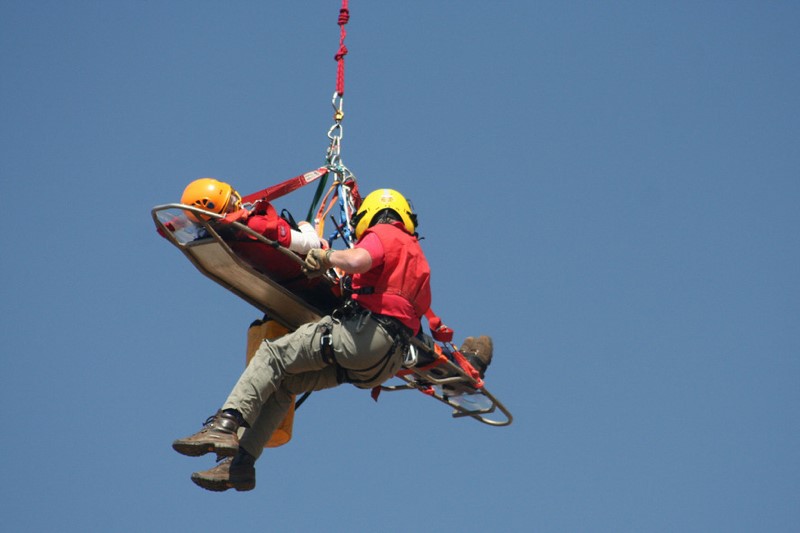
Garmin Search and Rescue (SAR) Insurance
Travel safety and insurance are hardly sexy topics; compared to breezing through airport security and free booze during your next layover. Still, for adventurous travelers, insurance is essential. In many countries, anyone needing search and rescue is required to pay for the service themselves, sometimes in advance. Depending on the location, these services could be in the tens — or even hundreds — of thousands of dollars.
A travel membership to Garmin’s Search and Rescue (SAR) Insurance plans, also referred to as IERRC (International Response Coordination Center), will reimburse you in the event of a life-threatening rescue scenario. The entry-level membership is just $39.95 annually, which covers expenses of up to $100,000 per year. Hardcore travelers might want to consider add-ons like medical evacuation insurance, all of which are incredibly affordable, especially compared to the alternative.
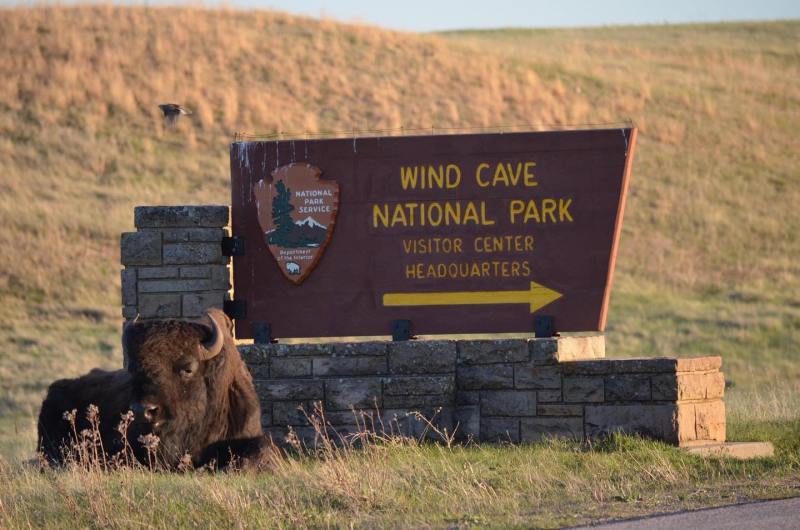
America the Beautiful Pass
Since the pandemic, more of us are camping and taking road trips now than ever before. That has meant that Americans are exploring our National Parks in record numbers. If you count yourself among them or are planning to in 2024, consider an annual park pass. The National Park Service’s America the Beautiful Pass is just $80 a year.
That covers entrance fees, standard amenity fees, and day-use fees at more than 2,000 federal recreation sites. Considering that entrance to some of the country’s most popular parks can cost $25 or more, the pass will more than pay for itself if you plan to visit even a handful of sites in a single year.

AAA
Yup, a travel membership to AAA is still worth the money in 2024. The entry-level Basic plan costs about $5 per month and provides access to essential road trip emergency services like fuel delivery, flat tire repair, battery jumpstarting, and limited towing, to name a few. These alone are worth the price of admission. But travelers also score deals on everything from hotel stays and rental cars to flights and upgrades.
For a few extra dollars monthly (to its upgraded Plus membership), AAA throws in extras like a free set of passport photos, enhanced vehicle lockout services, and even better towing and recovery in case your road trip goes seriously sideways. Plus, if you book travel through one of its agents, you’ll have access to AAA’s deep suite of traveler assistance services.
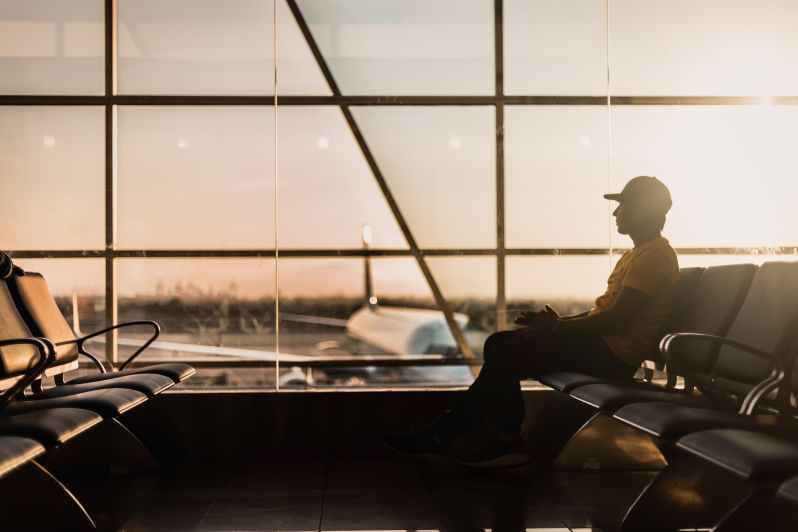
Air travel tips
Since many of these travel memberships are for air travel, we’ll give you some air travel tips to make life easier, as air travel can be stressful.
Before your flight
- Plan ahead: Book your flight in advance for better deals and seat selection. Check visa requirements for your destination.
- Pack smart: Pack light and efficient: You may be able to avoid baggage fees with some of the above memberships, but it’s helpful to pack efficiently. Use packing cubes, roll clothes instead of folding, and double-check for liquids and toiletries restrictions. Pack essentials like medications, a change of clothes, and entertainment in your carry-on.
- Stay informed: Download your airline’s app for flight updates, boarding pass access, and digital baggage tags. Check the weather forecast at your destination and pack accordingly.
At the airport
- Stay connected: Charge your phone and laptop beforehand. Consider purchasing airport Wi-Fi access or invest in a portable hotspot.
- Stay hydrated and comfortable: Pack a water bottle and snacks, as airport food can be expensive. Wear comfortable clothing and shoes suitable for sitting for extended periods and walking through large airports.
Editors' Recommendations
- There’s a really good reason to sign up for Global Entry right now
- Don’t pack these 9 TSA-prohibited items in your checked baggage
- The best luxury cruise lines for an extraordinary experience
- The 10 best road trip apps to make your next journey more epic
- Do you need a passport to go to Mexico? The requirements vary depending on your mode of travel


